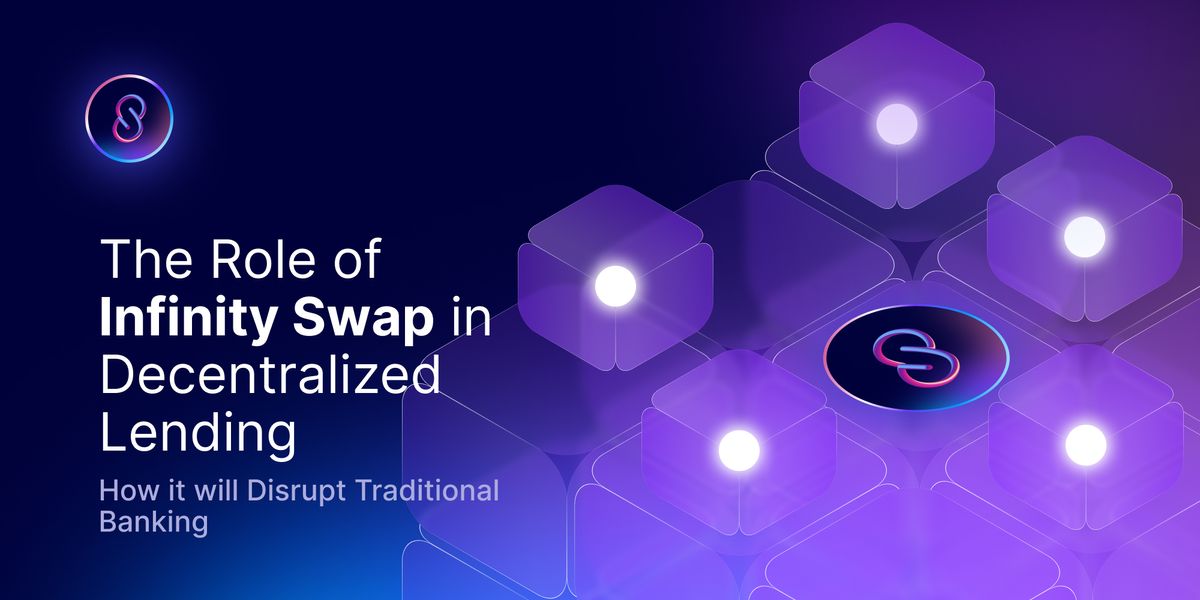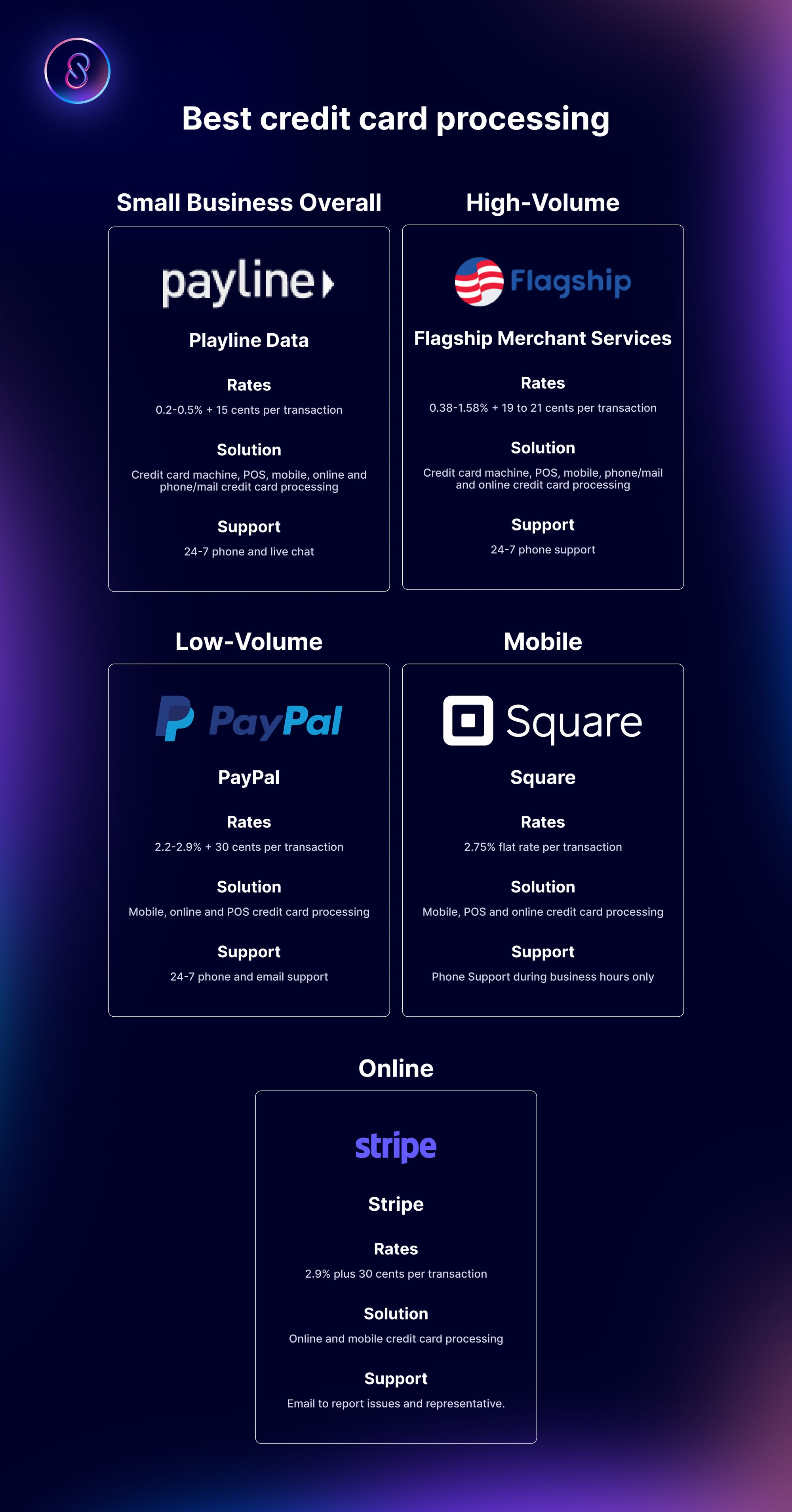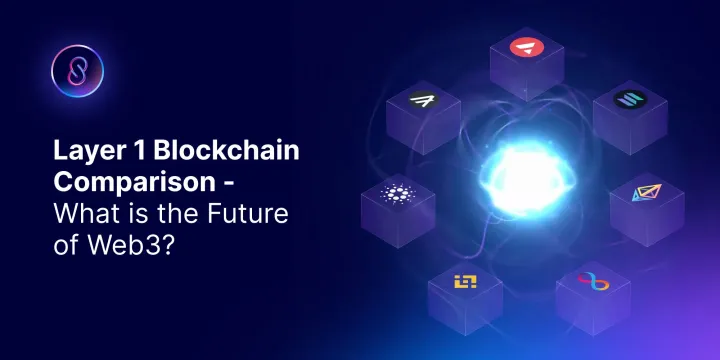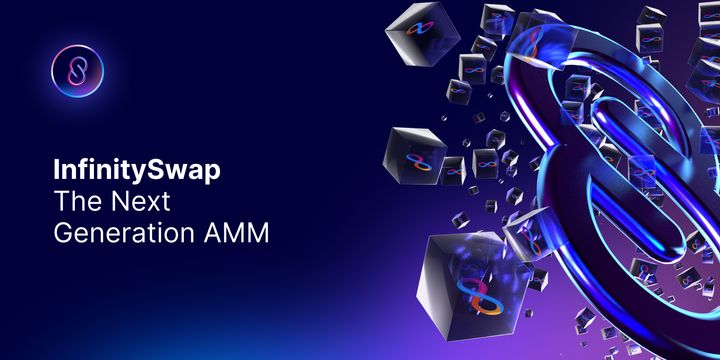The Role of Infinity Swap in Decentralized Lending: How it will Disrupt Traditional Banking
InfinitySwap, a decentralized exchange (DEX) powered by Chain Key technology, offers the best of both worlds - the benefits of decentralized blockchain technology combined with the efficiency and speed of centralized platforms.

The Centralized Modern World
In recent decades, centralization has become the norm. Companies like Amazon and Walmart have monopolized the retail sector, central banks have seized control of the global economy, and major centralized exchanges like Coinbase have dominated the crypto landscape — that's right, even the world of blockchains, whose alleged raison d'etre is decentralization, is now ironically centralized.
In many ways, the current situation was inevitable. Centralization happened because people wanted to obtain goods cheaply, quickly, and reliably. In the sphere of online financial services, until the advent of InfinitySwap, decentralized finance (DeFi) simply couldn't compete with the affordability, convenience, and speed of traditional centralized lending protocols and ways of doing business. Between exorbitant gas fees, environmental and computing costs, and limited options for redress of wrongs in decentralized systems, the central bankers' demands don't look too burdensome.
Thus, rightly or wrongly, and especially in the current bear market environment, many people have come to empathize with Cory Doctorow's opinion that cryptocurrency exists for the purpose of coercively "converting the web into a series of tollbooths that you could only pass through by trading real money for fake crypto money." It doesn't have to be this way, but it is this way.
After all, most people simply aren't interested in trading Bitcoin peer-to-peer at an average cost of $64.97 USD per transaction. When 64% of people even in rich countries like the United States are living paycheck-to-paycheck, cost is absolutely everything, and centralized systems tend to cost less.
Share of Americans living paycheck to paycheck rises to 63% — here's how to get your finances back on track https://t.co/Z6l7Vsug7l
— CNBC (@CNBC) December 15, 2022
Risks and Limitations of Centralization
The fact that most of us (myself included) still keep the bulk of our assets in banks, credit unions, and other common currency infrastructure proves the wild success and utility of centralized banking — and shows how far away we are from realizing the promise of decentralized finance's full potential.
Indeed, the necessity of some degree of centralized systems should be as obvious to us as the brains in our heads.
But while centralization may bring about incredible efficiency and unparalleled efficacy, it also carries significant risks and limitations that ought to be counterbalanced by a healthy and robust offering of decentralized alternatives and backups. Above all, centralization is characterized by single points of failure, making otherwise generally reliable systems vulnerable to exploitation and sudden, catastrophic disruption.
Sometimes, brains have strokes.
Exhibit A: Meta and Social Media
A textbook case of a single point of failure is Meta's disconnection on Monday, October 4, 2021 — a routine maintenance mistake bungled DNS and BGP routing information, causing a social media outage that impacted millions of users.

Exhibit B: 2008 Financial Crisis
Single points of failure are even more dangerous in the financial realm, as one might imagine. For example, according to Kimberly Amadeo at The Balance, the 2008 financial crisis came down to a catastrophic single-point-of-failure in centralized banking systems. Hedge funds, banks, and insurance companies all played a role in the resulting cascade of fiscal carnage.
:max_bytes(150000):strip_icc()/GettyImages-183763647-5738326b3df78c6bb0564412.jpg)
Here's how the tragedy came to pass. Hedge funds and banks created mortgage-backed securities, which were covered by insurance companies with credit default swaps. Meanwhile, surging demand for mortgages led to an asset bubble in housing, which was ultimately popped by the US Federal Reserve raising the federal funds rate (the single-point-of-failure), causing adjustable mortgage interest rates to increase dramatically. Home prices consequently dropped, borrowers defaulted, and derivatives spread the risk across the global economy, leading to the 2007 banking crisis and the Great Recession.
Exhibit C: Inflation in Developing Economies
And in many developing countries, unintended consequences of central bank policies continue to lead to widespread inflation and currency devaluation — last year, almost half the world suffered double-digit inflation. Globalization, and the tethering of the global economy to a handful of policymakers, has created a deadly butterfly effect: but every time the little bug flaps its wings, instead of spawning a hurricane, it bankrupts several hundred million people.
Mapped: Which Countries Have the Highest Inflation? 📈https://t.co/MAjOnKXlHg pic.twitter.com/jIJUm9j8gh
— Visual Capitalist (@VisualCap) December 22, 2022
Exhibit D: The FTX Exchange
But there is another example of a single-point-of-failure that is especially close to home for crypto enthusiasts — his name is Sam Bankman-Fried (SBF's). As pointed out in my previous articles, not only are investigators currently trying to determine whether SBF's FTX broke the law by covertly transferring billions of USD in customer funds to Alameda Research (a crypto hedge fund that SBF also founded and owned), but they are also focused on whether SBF and his hedge fund engaged in market manipulation that may have helped cause the failure of two other cryptocurrencies.
The worst single point of failure? The kind that wants the system to fail.
InfinitySwap: DeFi for the People
But life doesn't have to be about a stark choice between centralized and decentralized systems; they both have a place. Moreover, decentralized systems don't have to be ridiculously inefficient and costly, with limited scalability. The DFINITY Foundation's Internet Computer, thanks to Chain Key cryptography, proves that we can enjoy the benefits of decentralized blockchains without many of the usual drawbacks.
InfinitySwap makes DeFi cheap, quick, and reliable. In contrast, Etherscan shows more than 64,700 ETH (more than $183 million USD) was spent on transaction fees for Otherside NFTs. Thanks to the Internet Computer, the base cost of token transactions on InfinitySwap is only 0.0001 ICP ($0.0006 USD with $6 ICP). Trading the collection of Otherside NFTs on InfinitySwap would have cost less than $109.80 USD in blockchain transaction fees, assuming 183,000 transactions.
This is cheaper than most credit card processing costs!

And reduced transaction cost is exactly why InfinitySwap is poised to disrupt not only other DeFi but also traditional banking. Finally, people will have a viable, cost-effective alternative that could actually benefit their pocketbook. New technology is supposed to make life easier, and that's what InfinitySwap will do.
Conclusion: A Decentralized Solution to Lending
InfinitySwap, a decentralized exchange (DEX) powered by Chain Key technology, offers the best of both worlds - the benefits of decentralized blockchain technology combined with the efficiency and speed of centralized platforms. The value of assets traded on InfinitySwap is determined by peer-to-peer trades and transactions handled by an automated market maker (AMM) rather than humans. With no custodians, oracles, or third-party services, InfinitySwap provides a safe, secure, transparent, and affordable platform for trading digital assets.
InfinitySwap is part of the re-invention of the Internet, a decentralized, people-powered platform that puts the power back into the hands of the users. By offering a decentralized solution to the risks and limitations of centralization, InfinitySwap is helping to create a more equitable financial world.

Connect with InfinitySwap
Bitfinity Wallet |AMM | Twitter | Website | Telegram | Discord | Github








Comments ()